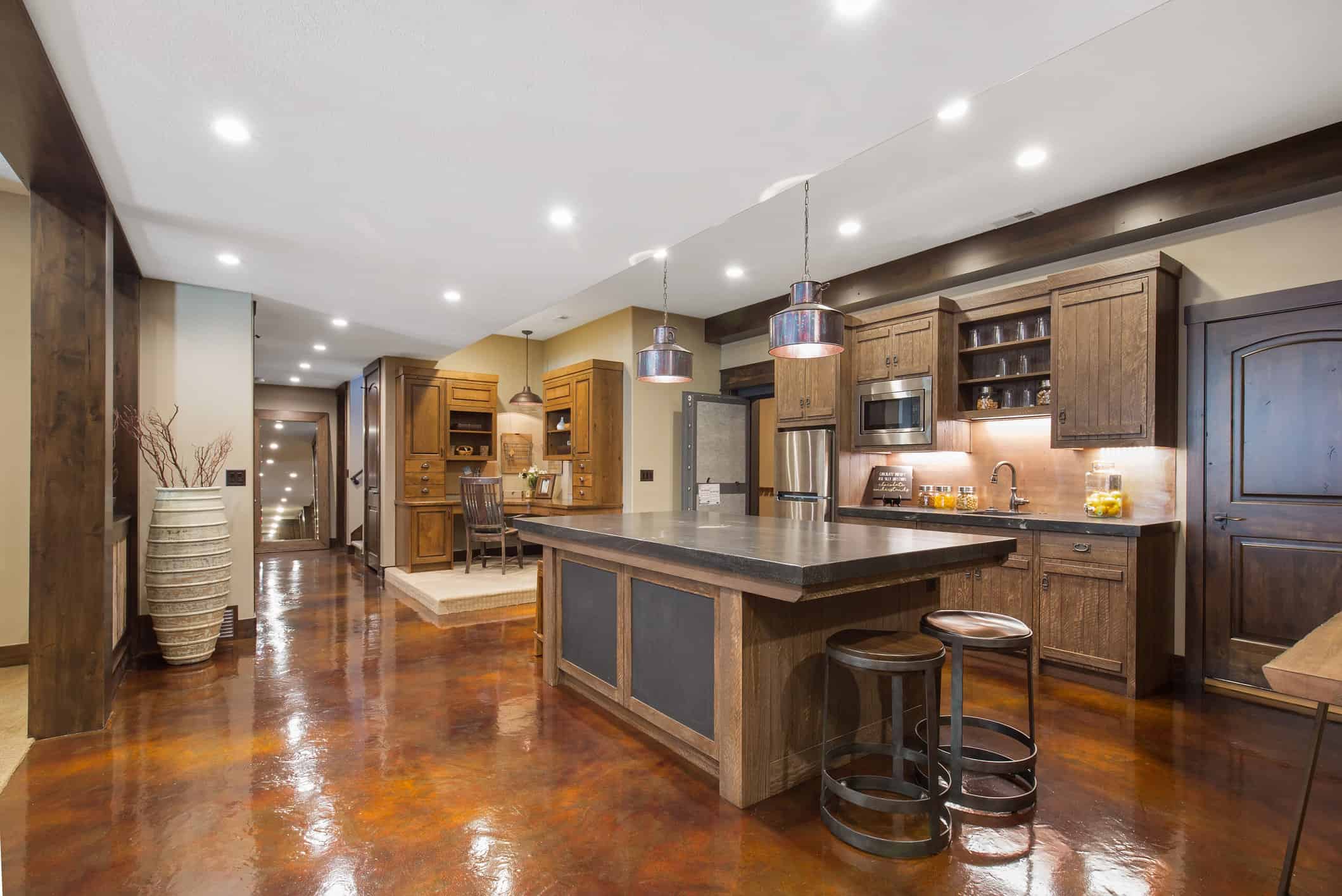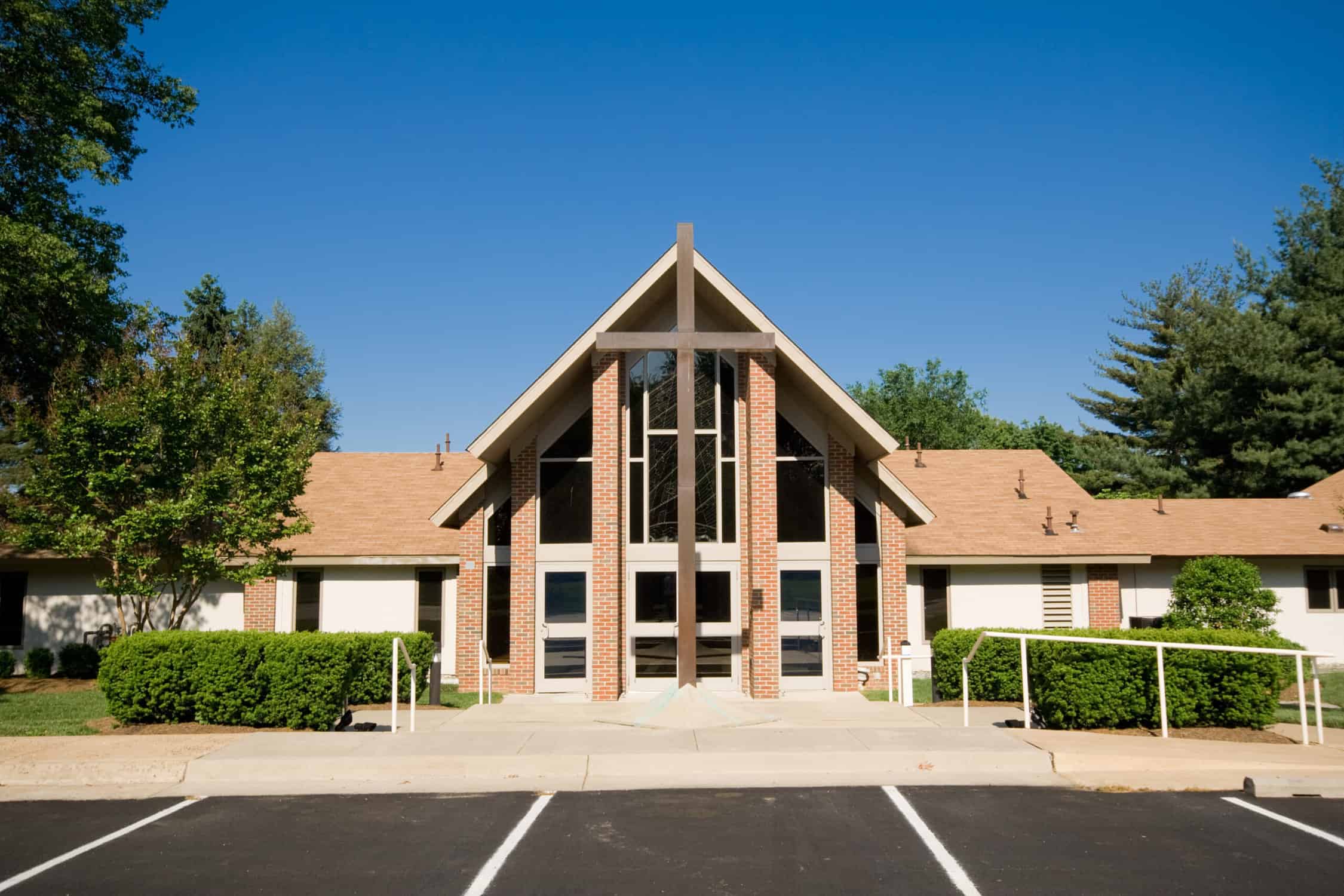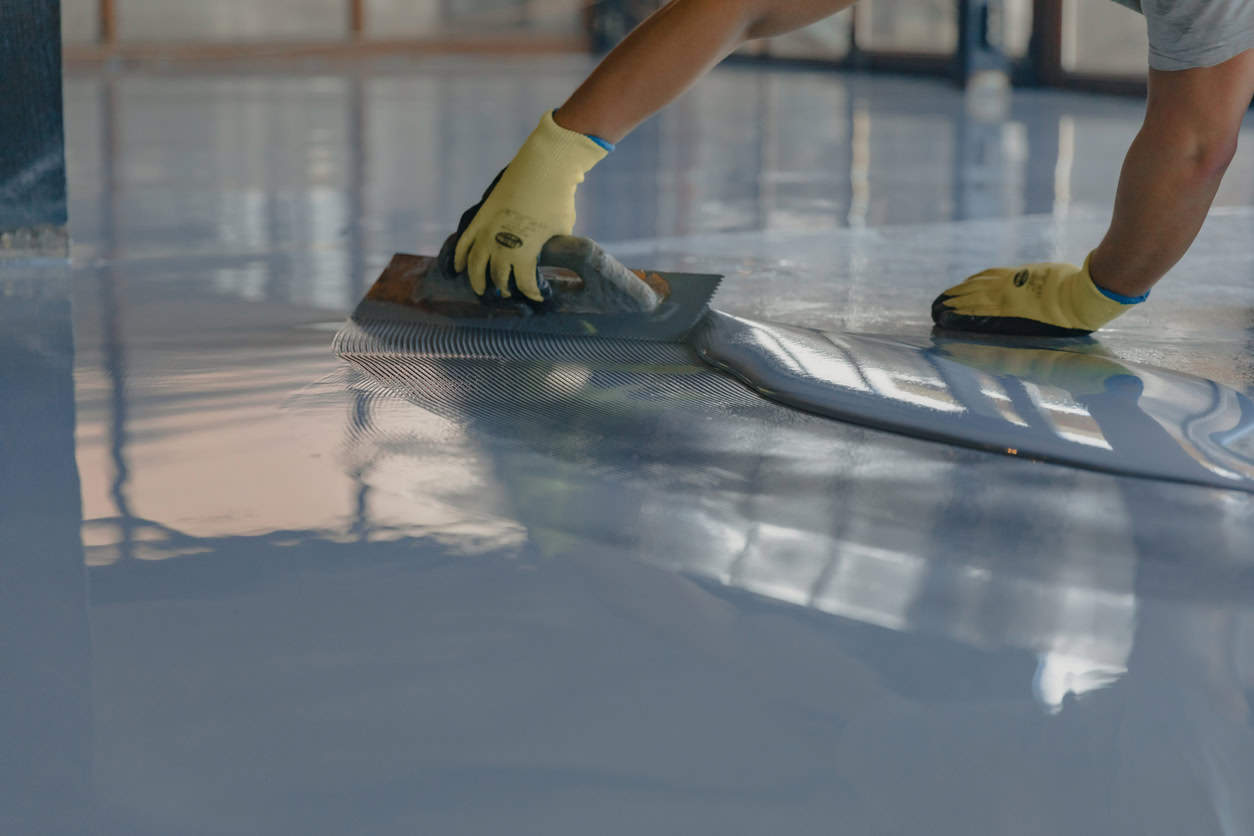Steps for sanding cabinets are a big deal if you’re planning cabinet painting in Danvers, MA. Whether you’re going the DIY route or checking to see if your cabinet painter knows their stuff, understanding the prep process is half the battle. Sanding isn’t just about scratching up the surface. It’s about giving the paint something to stick to—and it can make or break your final result.
I’ve helped dozens of homeowners around Danvers prep their kitchen cabinets, and let me tell you: rushing the prep almost always leads to regrets. But take the right steps, and you’ll get that smooth, professional-looking finish that makes guests ask, “Did you replace your cabinets?”
Key Takeaways
Why Sanding Matters More Than You Think
Before we get into the steps for sanding cabinets, let’s talk about why it’s such a big deal. Cabinets usually have a slick finish—either factory-painted, stained, or sealed with polyurethane. Paint doesn’t like to stick to slick. If you skip sanding or don’t sand properly, the paint might peel, streak, or feel rough.
Sanding helps remove the glossy layer, smooth out nicks or scratches, and gives the primer something to grip. A good cabinet painter will tell you: prep is what separates professional cabinet painting from weekend paint experiments.
Tools You’ll Want on Hand
You don’t need a workshop full of gear, but a few tools will make your life easier:
I always recommend having everything laid out before you start. It saves time and prevents that mid-project scramble.
5 Steps for Sanding Cabinets Like a Pro
Step 1: Remove Doors, Drawers, and Hardware
Start by taking off the cabinet doors, drawer fronts, and all hardware. Label everything so it’s easy to reassemble later. A piece of painter’s tape with a number does the trick.
This might feel like a hassle, but sanding cabinets while they’re still hanging can lead to uneven sanding and missed edges. It also makes for a less clean finish when it’s time to paint.
Step 2: Clean Every Surface
You’d be surprised how much grease builds up in a kitchen, especially near the stove. Even if it looks clean, it probably isn’t. Use a degreaser or TSP substitute to clean all surfaces thoroughly. Let them dry completely before sanding.
Skipping this step can clog up your sandpaper fast. Worse, you’ll be sanding oils into the wood—not ideal if you want the paint to stick.

Step 3: Start with a Coarse Grit (80–100)
This is where the real prep begins. Use 80–100 grit sandpaper to scuff up the surface and remove any finish. Be careful not to gouge the wood—especially on soft pine cabinets.
A palm sander works great on flat surfaces, but you’ll want to hand-sand the edges and corners. Don’t worry about making the cabinets perfectly smooth just yet—that comes next.
Step 4: Smooth It Out with Fine Grit (180–220)
Once you’ve roughed up the surface, switch to a finer grit to smooth things out before priming. This step removes any deep scratches and gives you a buttery surface for paint.
Run your hand across the wood. If it feels gritty or uneven, hit it again lightly with the finer grit.
Step 5: Clean Off the Dust Completely
This part gets skipped more than you’d think—and it shows. Use a vacuum with a brush attachment or tack cloth to remove every speck of sanding dust. Paint hates dust.
Even if the surface looks clean, run a tack cloth over it one more time. Any leftover debris can mess up the finish.
Mistakes That Can Ruin Your Cabinet Painting Project
Even with the right steps for sanding cabinets, there are a few common slip-ups worth avoiding:

A good cabinet painter will avoid these, but if you’re doing it yourself, it helps to keep a checklist handy.
Thinking About Hiring a Cabinet Painter in Danvers, MA?
You might be halfway through the prep and thinking, “This is a lot of work.” And you’d be right. Cabinet painting is a detailed process. Hiring a cabinet painter means skipping all the messy parts and going straight to the wow factor.
Professional painters bring experience, tools, and a game plan that saves you time and guesswork. They’ll handle sanding, priming, painting, and cleanup—often in less time than it would take you just to prep.
Plus, an expert cabinet painter won’t cut corners. They’ll take care of your kitchen like it’s their own.
Why Danvers Homeowners Call Premier Painting & Wallpapering
Premier Painting & Wallpapering has helped homeowners in Danvers, Peabody, and Beverly refresh their kitchens with stunning cabinet painting projects. We’re known for doing things the right way—from the first sanding stroke to the final brush of paint.
If you’re thinking about cabinet painting in Danvers, MA, or nearby areas like Peabody or Beverly, Premier Painting & Wallpapering is ready to help. Call us today at 978-440-3002 for your FREE estimate and let’s bring new life to your kitchen.
Want to skip the sanding and get right to the good part? Give us a call!




